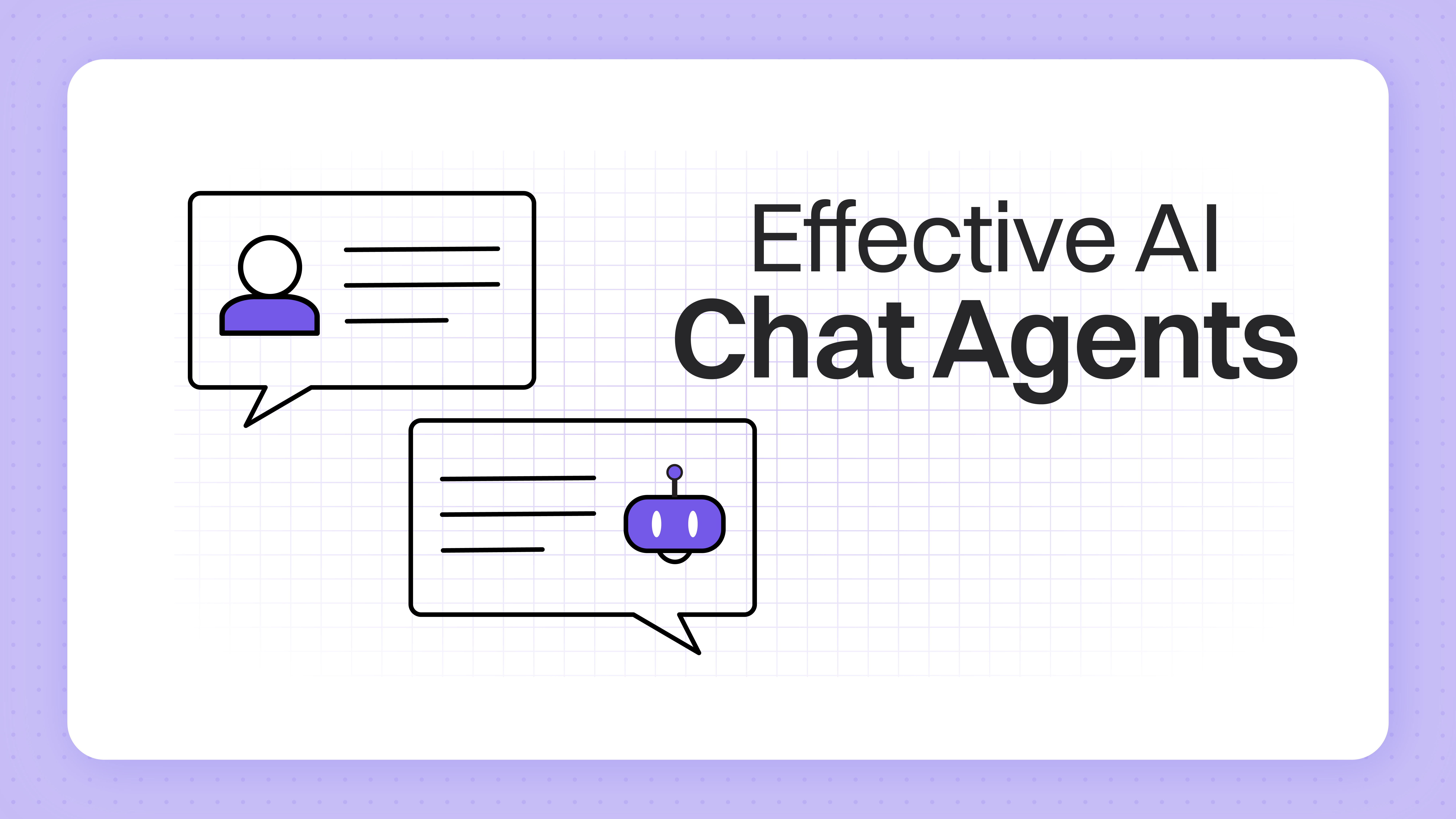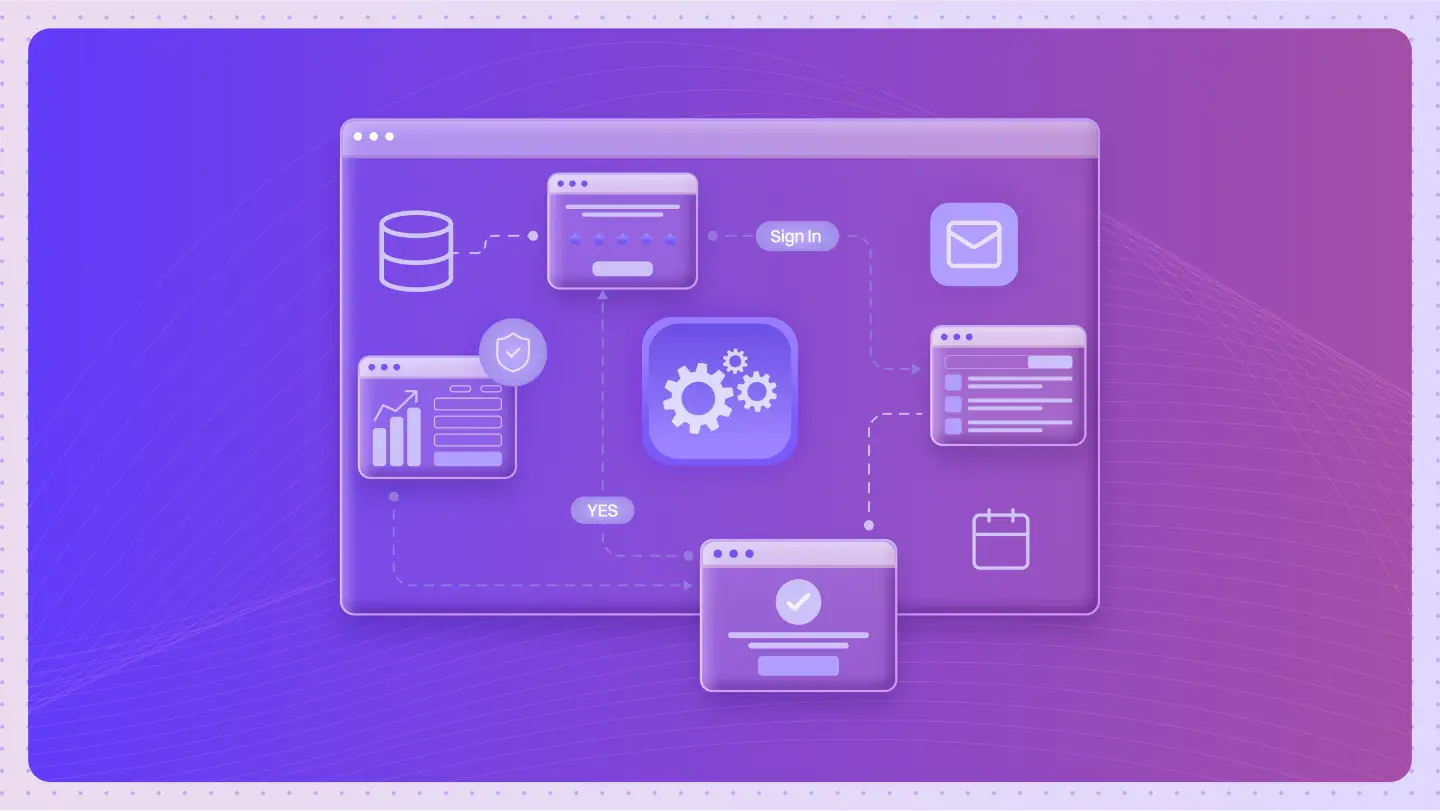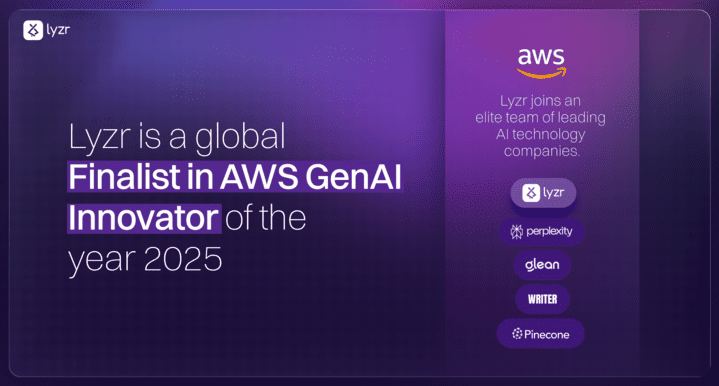Table of Contents
ToggleAI chatbots are sophisticated computer programs designed to simulate human-like conversations with users. By leveraging artificial intelligence (AI) technologies, particularly natural language processing (NLP) and machine learning (ML), these chatbots can understand and respond to user inquiries in a conversational manner.
AI chatbots can be integrated across various platforms, including websites, messaging applications, and social media channels, making them versatile tools for enhancing customer engagement. They serve a multitude of functions, from answering frequently asked questions to providing personalized recommendations, thereby improving overall user experience.
The rise of AI chatbots has transformed how businesses interact with their customers, enabling 24/7 support and automating repetitive tasks. This not only enhances efficiency but also allows human agents to focus on more complex issues that require personal attention.
Benefits of AI Chatbots
As AI technology continues to evolve, chatbots are becoming increasingly sophisticated, capable of handling more nuanced conversations and providing valuable insights based on user interactions. AI chatbots offer numerous benefits for businesses and organizations across various industries:
1. Improved Customer Service
AI chatbots can answer questions and provide 24/7 support with quick responses to user queries, improving overall customer satisfaction. By automating frequently asked questions, chatbots free up human agents to focus on more complex issues, leading to faster resolutions and enhanced customer experiences.
2. Time and Cost Savings
Implementing AI chatbots can help businesses save time and resources by automating repetitive tasks and reducing the need for manual intervention. This leads to increased productivity and reduced operational costs, making chatbots a cost-effective solution for customer service and support.
3. Enhanced User Experience
AI chatbots are designed to provide personalized, human-like interactions, creating a more engaging and satisfying user experience. By understanding user intent and providing relevant, contextual responses, chatbots can build stronger relationships with customers and foster brand loyalty. Additionally, incorporating a brand voice in chatbot interactions ensures that communications reflect a unique brand identity, enhancing authenticity and personalization in business messaging.
Understanding AI Chatbot Technology
AI chatbots leverage various technologies to understand and respond to user queries:
1. Natural Language Processing (NLP)
NLP enables chatbots to comprehend and interpret human language, allowing for more natural and intuitive conversations
2. Machine Learning (ML)
ML algorithms enable chatbots to learn from interactions and improve their responses over time, providing more accurate and relevant answers
3. Deep Learning
Deep learning techniques, such as neural networks, allow chatbots to generate human-like responses and engage in more complex conversations
AI chatbots can be integrated with a wide range of data sources, including databases, APIs, and knowledge graphs, to provide comprehensive and accurate information to users. By leveraging multiple data sources, chatbots can offer personalized and context-rich responses, enhancing customer service efficiency and effectiveness.
Top AI Chatbot Tools
There are several top-tier AI chatbot tools available in the market, each with its unique features and capabilities:
1. ChatGPT
ChatGPT is a popular chatbot AI tool developed by OpenAI that uses the GPT-4 language model to generate human-like responses. It excels at tasks such as answering questions, providing explanations, and engaging in open-ended conversations.
2. Claude
Claude is an AI chatbot tool developed by Anthropic that focuses on natural conversation flow. It can perform a variety of tasks, including creating dashboards, generating animations, and providing detailed explanations on complex topics.
3. Meta AI
Meta AI is an open-source AI chatbot tool that includes image generation capabilities, allowing it to generate images and animations in addition to text responses. It is known for its versatility and ability to handle a wide range of queries and tasks.
4. Google Gemini
Google Gemini is an AI chatbot tool developed by Google that boasts the largest conversational memory among its peers. It can connect to the internet and provide information on a wide range of topics, making it a powerful tool for research and knowledge sharing.
Creating an Effective AI Chat Agent
Crafting an impactful AI chat agent requires a thoughtful and strategic approach. The first crucial step is to clearly define the purpose and scope of the chatbot.
This involves determining the types of queries it will handle, the information it will provide, and the actions it will perform.
By aligning the chatbot’s objectives with the overall business goals and user needs, organizations can ensure that their investment in AI delivers tangible value.
Once the purpose is established, the next step is to choose the right AI chatbot platform and tools.
This decision should be based on factors such as integration capabilities, scalability, and customization options.
It’s important to carefully evaluate the specific features and capabilities of each tool to ensure it meets the unique requirements of the business.
Additionally, designing a natural and intuitive conversational flow is key to creating an engaging user experience.
This includes defining the tone, personality, and language the chatbot will use to interact with users, ensuring that responses are clear, concise, and relevant to the user’s query.
To create an effective AI chat agent, it’s essential to follow these key steps:
1. Define the Purpose and Scope
Clearly define the purpose and scope of your AI chatbot to ensure it aligns with your business goals and user needs. Determine the types of queries it will handle, the information it will provide, and the actions it will perform.
When users start a new chat, they can select from various AI models, enhancing the user-friendly experience and offering diverse options.
2. Choose the Right Platform and Tools
Select the AI chatbot platform and tools that best fit your requirements, taking into account factors such as integration capabilities, scalability, and customization options. Consider the specific features and capabilities of each tool to ensure it meets your needs. Some tools even allow you to upload documents to train the chatbot on specific information, enhancing its ability to offer accurate responses or summaries based on the provided content.
3. Design a Conversational Flow
Create a natural and intuitive conversational flow for your AI chatbot. This includes defining the tone, personality, and language it will use to engage with users. Ensure that the chatbot’s responses are clear, concise, and relevant to the user’s query.
4. Train the AI Chatbot
Train your AI chatbot with high-quality data and feedback to improve its accuracy and effectiveness over time. This may involve fine-tuning the language model, adding custom knowledge bases, and testing the chatbot’s responses in various scenarios.
5. AI Chat Security and Data Management
When implementing an AI chatbot, it’s crucial to prioritize security and data management to protect user information and ensure compliance with data protection regulations:
6. Secure User Data
Implement robust security measures, such as encryption and secure protocols, to protect user data transmitted through the AI chatbot. Regularly review and update security protocols to stay ahead of evolving threats.
7. Comply with Regulations
Ensure that your AI chatbot and associated data management practices comply with relevant data protection regulations, such as GDPR and CCPA. Consult with legal and compliance experts to ensure your chatbot meets all necessary requirements.
8. Maintain Data Accuracy
Implement data management policies to ensure that user data collected and stored by the AI chatbot is accurate, up-to-date, and secure. Regularly review and update data management practices to maintain data integrity and protect user privacy.
Generative AI Chatbot Use Cases
AI chatbots have a wide range of applications across various industries and use cases, demonstrating their versatility and effectiveness in enhancing customer interactions and streamlining operations. AI chatbots have a wide range of applications across various industries and use cases:
1. Customer Service
AI chatbots can be used to provide 24/7 customer support, answer frequently asked questions, and guide users through self-service options. Users can start chatting with the chatbot immediately upon visiting the website or logging in, ensuring a seamless experience. By automating routine inquiries, chatbots free up human agents to focus on more complex issues, leading to faster resolutions and enhanced customer satisfaction.
2. Sales and Marketing
AI chatbots can be used to generate leads, provide personalized product recommendations, and engage with potential customers. By leveraging user data and preferences, chatbots can tailor their interactions to individual needs, increasing conversion rates and driving revenue growth.
3. Education
AI chatbots can be used to provide interactive and personalized learning experiences, answering questions, providing explanations, and guiding students through course materials. Chatbots can adapt to individual learning styles and provide instant feedback, enhancing the overall learning experience.
Business Applications of AI Chatbots
AI chatbots have numerous applications in the business world, helping to streamline operations, improve efficiency, and enhance customer engagement:
1. Automation of Repetitive Tasks
AI chatbots can automate repetitive tasks, such as answering frequently asked questions, processing orders, and providing updates on order status. This frees up human employees to focus on more complex and strategic tasks, leading to increased productivity and reduced operational costs.
2. Lead Generation and Nurturing
AI chatbots can be used to generate leads, qualify prospects, and nurture leads through the sales funnel. By engaging with potential customers, providing relevant information, and guiding them through the sales process, chatbots can help businesses increase conversion rates and drive revenue growth. Additionally, AI chatbots can write articles to assist users in generating written content, enhancing productivity and providing specialized writing functionalities.
3. Employee Training and Support
AI chatbots can be used to provide training and support to employees, answering questions, providing guidance on company policies and procedures, and assisting with onboarding and professional development. By providing instant access to information and support, chatbots can help employees work more efficiently and effectively.
Expert Tips and Best Practices
To ensure the success of your AI chatbot implementation, consider the following expert tips and best practices:
1. Use High-Quality Data
Train your AI chatbot with high-quality data to ensure accurate and relevant responses. This includes curating datasets, removing biases, and regularly updating the chatbot’s knowledge base to reflect the latest information.
2. Design for Scalability
Design your AI chatbot with scalability in mind, ensuring that it can handle increasing volumes of user traffic and queries without compromising performance or accuracy. Consider factors such as server capacity, load balancing, and failover mechanisms to ensure the chatbot remains reliable and responsive under heavy load.
3. Continuously Monitor and Evaluate
Continuously monitor and evaluate the performance of your AI chatbot, tracking key metrics such as user engagement, satisfaction, and task completion rates. Use this data to identify areas for improvement and make iterative updates to the chatbot’s design, content, and functionality.
The Future of AI Assistants
As AI technology continues to advance, the future of AI assistants looks increasingly promising, with significant advancements in sophistication, integration, and personalization driving the next wave of innovation. These intelligent agents are poised to revolutionize how we interact with technology and tackle complex challenges across various domains.
1. Increased Sophistication
AI assistants will become more advanced and sophisticated, leveraging technologies such as deep learning and generative AI to engage in more natural, human-like conversations and provide more accurate and relevant responses.
2. Integration with IoT Devices
AI assistants will be increasingly integrated with various IoT (Internet of Things) devices, such as smart home appliances, wearables, and vehicles. This will enable users to control and interact with their devices using natural language, making their lives more convenient and efficient.
3. Personalization and Customization
AI assistants will become more personalized and customized to individual users, learning their preferences, habits, and needs over time. This will enable them to provide highly tailored recommendations, suggestions, and support, enhancing the overall user experience.
Choosing the Right AI Chatbot Platform
When selecting an AI chatbot platform, consider the following factors:
1. Purpose and Scope
Clearly define the purpose and scope of your AI chatbot to ensure that the platform you choose can handle your specific requirements. Consider factors such as the types of queries the chatbot will handle, the information it will provide, and the actions it will perform.
2. Features and Tools
Evaluate the features and tools offered by the AI chatbot platform, such as natural language processing capabilities, integration with third-party systems, and customization options. Ensure that the platform provides the functionality you need to achieve your business goals.
3. Security and Data Management
Consider the security and data management policies of the AI chatbot platform, ensuring that it meets relevant data protection regulations and provides robust security measures to protect user data. Review the platform’s data storage, encryption, and access control mechanisms to ensure compliance and data privacy.
4. Scalability and Flexibility
Evaluate the scalability and flexibility of the AI chatbot platform, ensuring that it can handle increasing volumes of user traffic and queries without compromising performance or accuracy. Consider factors such as server capacity, load balancing, and failover mechanisms to ensure the chatbot remains reliable and responsive under heavy load.
AI Chatbots in Social Media and Beyond
AI chatbots have a wide range of applications beyond customer service and support, including:
1. Social Media Engagement
AI chatbots can be used to engage with users on social media platforms, providing personalized content, answering questions, and facilitating discussions. By leveraging user data and preferences, chatbots can tailor their interactions to individual needs, increasing engagement and building brand loyalty.
2. Influencer Marketing
AI chatbots can be used to create virtual influencers that can promote products and services to targeted audiences. By leveraging data on user preferences and behaviors, chatbots can create personalized content and recommendations that resonate with users, driving sales and revenue growth.
3. Conversational Commerce
AI chatbots can be used to facilitate conversational commerce, enabling users to make purchases directly through chat interfaces. By providing personalized product recommendations, answering questions, and guiding users through the purchase process, chatbots can help businesses increase conversion rates and drive revenue growth.
Expanding the Horizons of Generative AI
AI chatbots are a powerful tool for businesses and organizations looking to enhance customer service, improve efficiency, and drive revenue growth. By leveraging the latest AI technologies and best practices, businesses can create effective AI chat agents that engage users, automate repetitive tasks, and provide valuable insights.
As AI technology continues to advance, the future of AI assistants looks increasingly promising, with increased sophistication, integration with IoT devices, and personalization and customization driving the next wave of innovation. As we explore the capabilities of generative AI, it’s clear that its applications extend far beyond chatbots.
Generative AI encompasses a wide range of applications that can transform various industries by automating processes, enhancing creativity, and providing valuable insights. Here are several ways generative AI can be utilized across different sectors:
1. Content Creation and Marketing
AI writer tools can automate the creation of high-quality content, including text, images, and videos, which is invaluable for marketing campaigns. Skott, for instance, can generate personalized marketing materials based on customer data, ensuring that businesses engage their audience effectively. Beyond marketing, generative AI can also produce educational content, social media posts, and promotional videos, saving time and resources while maintaining quality.
2. Data Analysis and Business Intelligence
Generative AI can analyze vast amounts of data to uncover insights that drive strategic decision-making. By automating data analysis, businesses can identify trends, forecast sales, and optimize operations. For example, Jazon can provide sales forecasts and predictive analytics, allowing sales teams to make informed decisions based on real-time data.
3. Product Development and Design
In product development, generative AI can streamline the design process by generating prototypes and testing ideas quickly. This capability allows companies to innovate faster and respond to market demands more effectively. By leveraging generative AI, businesses can enhance their product offerings and improve customer satisfaction. And to support this growing pace of innovation, using a product roadmap tool helps teams plan future features, prioritize updates, and keep development aligned with evolving customer needs.
4. Healthcare Innovations
Generative AI has significant potential in healthcare, from diagnosing medical conditions to personalizing treatment plans. Virtual health assistants powered by generative AI can provide patients with tailored health advice and support, improving patient outcomes and reducing the burden on healthcare professionals.
5. Cybersecurity Enhancements
Generative AI can play a crucial role in cybersecurity by detecting anomalies and responding to threats in real-time. By analyzing patterns in data, generative AI models can identify potential security breaches before they escalate, helping organizations protect sensitive information and maintain trust with their customers.
6. Creative Industries
In creative fields, generative AI can assist artists and designers by automating tasks such as graphic design and video editing. This not only enhances productivity but also opens up new avenues for creativity, allowing creators to focus on higher-level concepts and innovations.
Build Reliable, Private and Self-learning AI Agents
Lyzr’s generative AI agents —Jazon, Skott, and Diana—demonstrate how AI can be tailored to specific business functions, but the potential of generative AI is vast and varied. By embracing these technologies across different industries, businesses can drive efficiency, enhance creativity, and unlock new opportunities for growth. Let’s not just limit ourselves to chatbots; instead, let’s harness the full spectrum of generative AI to transform our operations and create a more innovative future.
Book A Demo: Click Here
Join our Slack: Click Here
Link to our GitHub: Click Here




